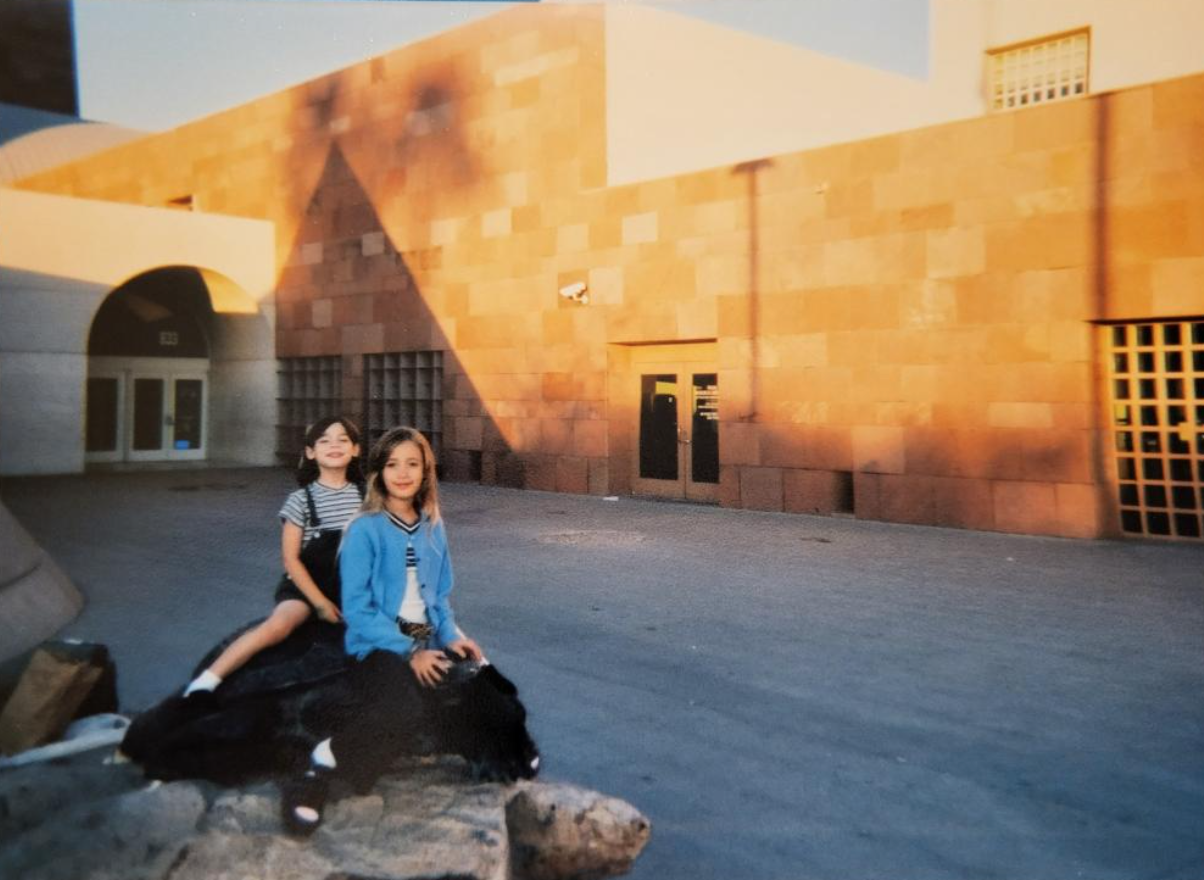Curating Self-Care at NEMA and Beyond
Though NEMA happened back in November, this post written by Tufts Museum Education student Samantha Snow offers useful insights for museum professionals to consider year-round. Photo courtesy of Nuria Lizarraga “Museum folks are not alright.” This message was displayed with a bright orange background on …





